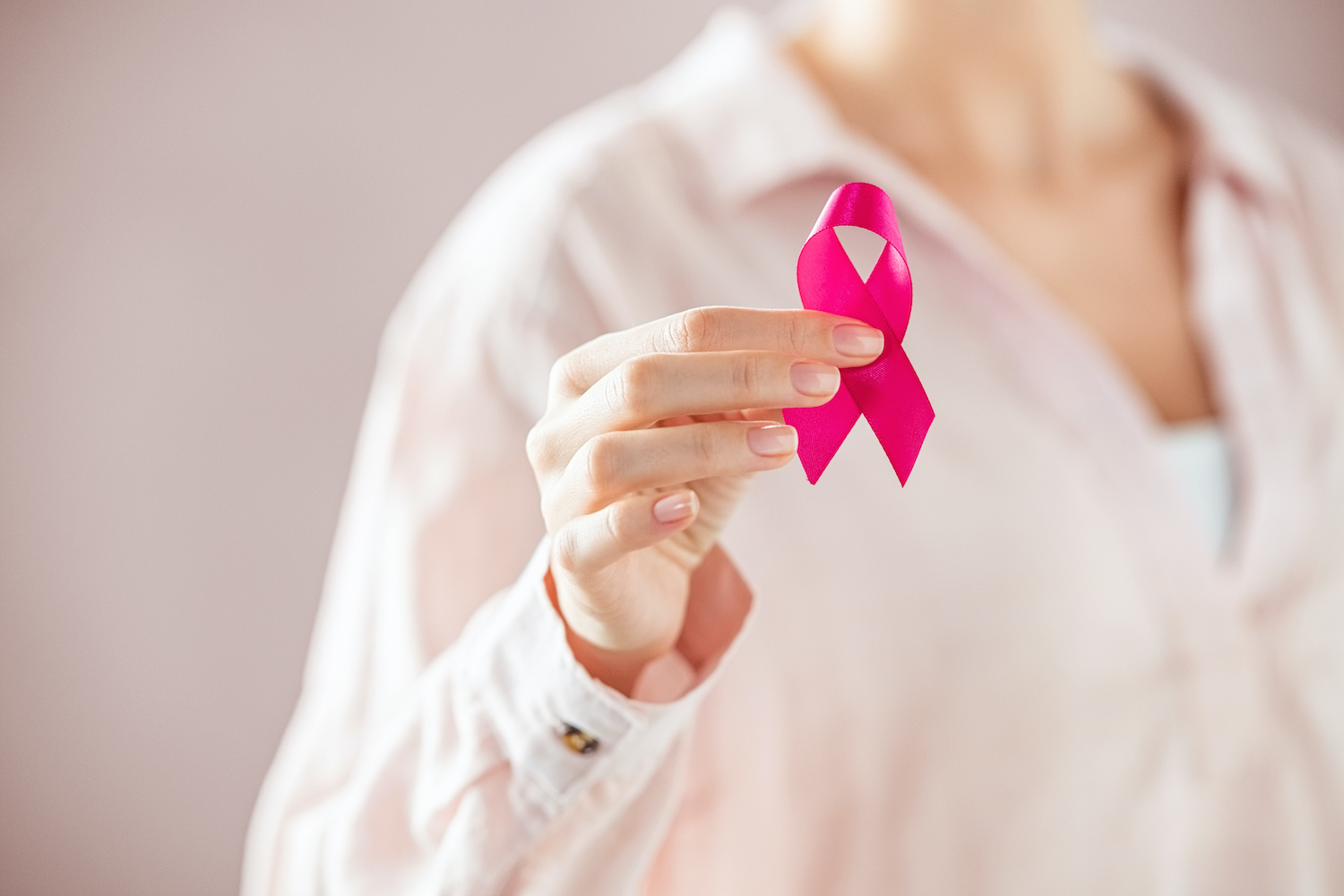October is National Breast Cancer Awareness Month. Knowledge is power, so let’s put breast cancer into perspective.
Here are the facts about Breast Cancer:
- Breast cancer is the most common cancer in women.
- In the United States, 1 in every 8 women will face a diagnosis in their lifetime.
- Disparities exist in survival rates. Black women have an 82% 5-year survival rate after diagnosis, whereas all other races have above a 90% 5-year survival rate.
There are risk factors that you can control and those you cannot. Here are some examples:
Breast Cancer Risk factors you CANNOT control:
- Family history
- One or more first-degree relatives with breast or ovarian cancer. 1st degree relatives are your biological parents, siblings, and children.
- Two or more 2nd-degree relatives on the same side of the family with breast or ovarian cancer. Second-degree relatives are your biological grandparents, aunts, uncles, and cousins.
- Inherited genetic mutations An estimated 10% of breast cancers are thought to be hereditary.
- Increased breast density is related to an increased risk of breast cancer.
- Increasing age, early menstrual onset (before 12), or late menopause (over 55), and any history of radiation therapy near the chest or breasts.
Breast Cancer Risk factors you CAN control:
- Maintaining a healthy weight Obesity, especially after menopause, is associated with an increased risk of breast cancer.
- Staying physically active lowers your breast cancer risk.
- Alcohol in moderation. Heavy alcohol use raises your risk of many cancers.
Let’s translate this knowledge into action.
Here’s how your awareness combines with our expertise for your breast health:
Stay current with your annual exams.
This exam is a crucial component of our partnership for breast health. During your annual well woman visit, we will:
-
-
-
- Perform a clinical breast exam. The goal of this exam is early detection and it is a great opportunity for us to teach you how to check your own breasts.
- Screen for risk factors. Based on your individual risk factors, you may need earlier screening mammograms or specialized breast imaging.
- Review health prevention measures known to decrease the risk of developing breast cancer or that improve breast cancer survival rates.
- Monitor hormone therapy and contraceptives to ensure safe use.
-
-
“Breast self-awareness” is key!
Most lumps are discovered through self-detection. Touch your breasts and get comfortable with how they feel. We can teach you how to check your breasts and discuss what is normal for you during your annual exam. Changes to watch for:
-
-
-
-
- Lumps or hard knots in the breasts or armpits
- Skin texture changes – red itchy patches or itchy, scaly sores around the nipple
- Change in the size or shape of the breast
- New nipple retraction or any other dimpling or puckering of the breast tissue
- New pain in one area of the breast that does not go away
- Nipple discharge if you are not pregnant or breastfeeding.
-
-
-
If you notice any breast changes or have a breast concern, make an appointment for evaluation. We can often get you in the same day or within the week for a breast check.
Stay on track with screening mammograms.
These start at age 40 unless your individual risk factors recommend you begin sooner. We can provide scheduling information and ensure you are on track each year at your annual.
If your family history and risk factors are positive for breast or ovarian cancer, you may elect to complete an inherited cancer screening test. This is a laboratory test that can identify genes linked to an increased risk of certain types of cancer, including some breast cancers. We offer this testing in our office.
Together, we can partner to help keep you and your breasts healthy in October and every month of the year!





